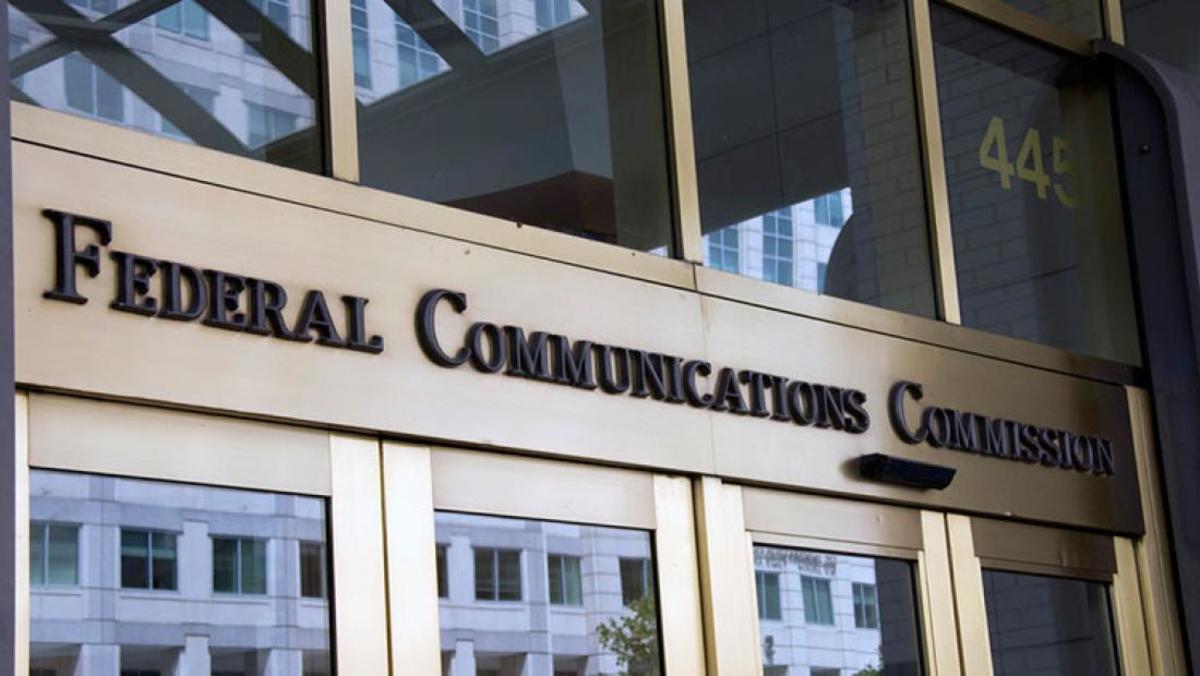FCC Retains RF Emission Standards

The FCC has decided not to change its RF emission exposure limits or how it evaluates those limits for mobile device use, resolving a 2013 order and notice of inquiry into the issue.
But it is eliminating service-based exemptions in favor of specific-use exemptions, which could require new evaluations of devices like WiFi routers.
The FCC said it did not think the exemption change would cause much disruption. "Our actions in this Order will not change these and similarly situated parties’ obligations or burdens because the formula underlying the new rules results in similar exemptions as the old rules," it said. Nonetheless, it will provide a two-year transition period for licensees to figure out if new evaluations are required or they are still exempt from evaluation.
Saying it "takes to heart" the FDA's findings that "t]he weight of scientific evidence has not linked cell phones with any health problems," the commission voted unanimously--with commissioner Jessica Rosenworcel concurring, which is short of a full-throated "aye," to retain the current limits, but to adjust the rules" to ensure the health and safety of workers and consumers of wireless technology, while also clarifying and streamlining rules to reduce regulatory burdens on licensees."
"We take our duty to protect the public from any potential harm due to RF exposure seriously," the FCC said. "Indeed, as noted in the inquiry, our limits for devices held close to the body are more restrictive than other more recently published international limits."
The FCC is required by law to periodically evaluate the impact of RF devices--these days most prominently smart phones--on quality of the "human environment."
It heard from those who wanted the limits toughened, and those who thought they should be loosened.
Multichannel Newsletter
The smarter way to stay on top of the multichannel video marketplace. Sign up below.
"Over 1,000 comments or ex parte presentations were filed in the proceeding," the commission said, but suggested most were not helpful in terms of the science of RF exposure. "The vast majority of filings were unscientific, and even the filings that sought to present scientific evidence failed to make a persuasive case for revisiting our existing RF limits," it said. "
Many referenced BioInitiative Report and Building Biology, which the FCC said specified limits millions and even billions of times lower than current FCC limits.
No device could reliably transmit any usable level of energy by today’s technological standards while meeting those limits," it said, and besides, "there is no scientific evidence in the record that such restrictive limits would produce any tangible benefit to human health, or provide any improvement over current protections against established risks."
In addition to resolving the notice of inquiry on whether the limits should be changed, the FCC revised its rules to streamline the criteria for exemptions from the FCC's evaluation criteria, changing a service-based exemption to one based on situations where risk is minimal.
It also sought comment on further proposals on applying exposure limits on future uses of wireless technology, including formalizing an additional limit for localized RF exposure from portable devices operating in high (gigahertz) frequencies, and proposing to extend that to terahertz (ThZ) frequencies, and specific limits on wireless power transfer equipment.
The commission also denied a petition to reconsider its finding that the out ears (pinnae) "should be treated like other extremities for purposes of determining compliance with our RF emission exposure limits."
The FCC declined to change its general public specific absorption rate (SAR)-based exemption standard. The WiFi Alliance had contended that the proposed exemption standard was too conservative given the operation of current devices.
“The FCC decision flies in the face of mounting scientific evidence demonstrating harm," said Devra Davis, president of the Environmental Health Trust, which pushed for more stringent standards. "The U.S. actions run counter to progressive decisions of sophisticated governments that have denoted major resources to evaluating new evidence on the issue and have taken steps to curtail exposures as a result of their findings.”
Contributing editor John Eggerton has been an editor and/or writer on media regulation, legislation and policy for over four decades, including covering the FCC, FTC, Congress, the major media trade associations, and the federal courts. In addition to Multichannel News and Broadcasting + Cable, his work has appeared in Radio World, TV Technology, TV Fax, This Week in Consumer Electronics, Variety and the Encyclopedia Britannica.

